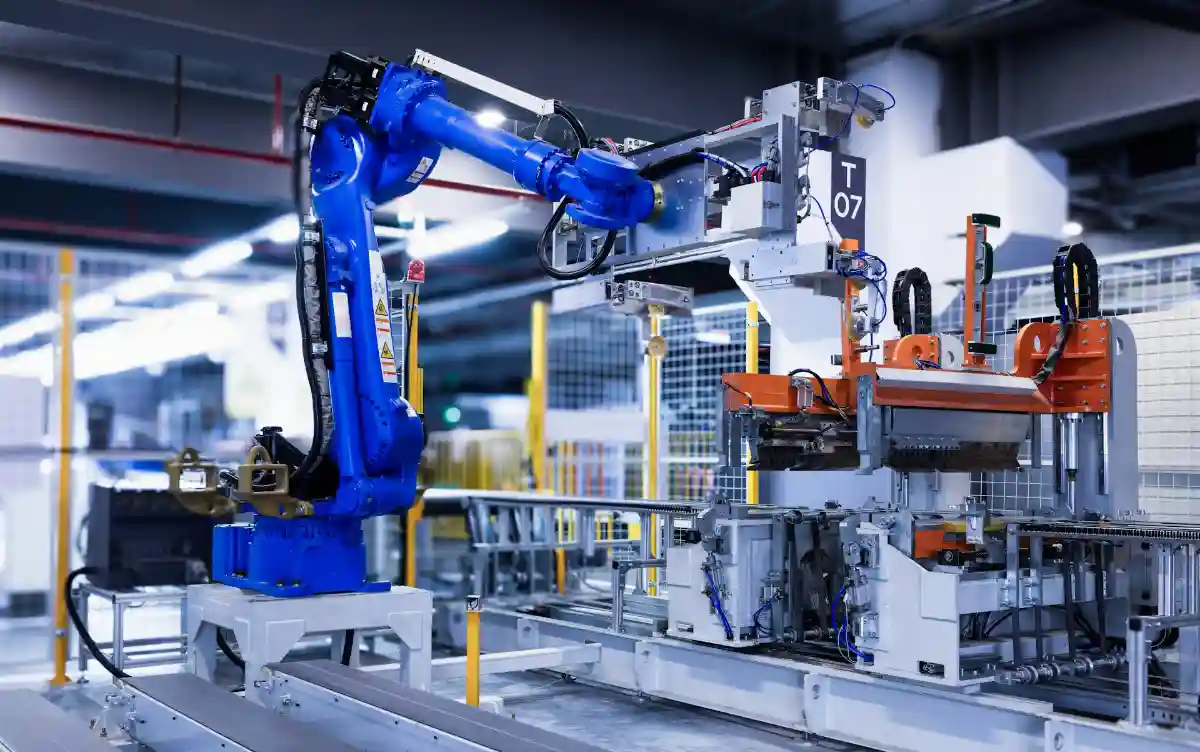In today’s fast-paced business environment, organizations are tasked with managing increasingly complex IT infrastructures. Manual scheduling of tasks and reliance on human intervention often lead to inefficiencies, errors, and delays. Workload automation offers a solution by automating repetitive processes, orchestrating complex workflows, and ensuring operational consistency across the enterprise.
Streamlining Routine Operations
One of the primary benefits of workload automation is its ability to handle routine operations efficiently. Repetitive tasks such as file transfers, batch processing, and system updates can be executed automatically, reducing the need for manual oversight. This approach provides:
- Consistency in Execution: Tasks are completed exactly as defined, minimizing errors.
- Improved Productivity: Staff are freed to focus on strategic initiatives instead of manual work.
- Time Savings: Automated scheduling allows processes to run outside of standard working hours.
By streamlining routine operations, organizations can achieve higher operational efficiency while ensuring that critical tasks are never missed.
Attachment:
workload-automation.jpg
Orchestrating End-to-End Processes
Modern enterprises often require workflows that span multiple applications, departments, and platforms. Workload automation enables organizations to orchestrate these processes effectively, ensuring that tasks execute in the correct sequence with proper dependencies. Key benefits include:
- Integrated Workflows: Different systems communicate seamlessly, reducing delays.
- Real-Time Monitoring: Dashboards allow IT teams to track progress and identify bottlenecks.
- Error Handling: Automated alerts and exception handling minimize operational disruptions.
End-to-end orchestration not only enhances operational performance but also improves visibility and accountability across the enterprise.
Supporting Hybrid IT and Cloud Environments
Many organizations operate in hybrid IT environments, combining on-premises systems with cloud-based solutions. Workload automation facilitates smooth operation across these environments by coordinating processes without interruption. Advantages of hybrid support include:
- Optimized Resource Usage: Tasks are dynamically allocated between local and cloud resources.
- Seamless Integration: Automation ensures that cloud applications and legacy systems work together effectively.
- Scalability: Organizations can scale processes quickly without overhauling their infrastructure.
Supporting hybrid environments ensures operational flexibility, enabling businesses to leverage existing assets while adopting new technologies.
Reducing Operational Costs and Risks
Automation directly impacts operational efficiency and cost management. By minimizing manual interventions and optimizing resource utilization, organizations can reduce both labor costs and operational risks. Benefits include:
- Lowered Staff Workload: Fewer manual tasks reduce the risk of human error and free up personnel for higher-value activities.
- Minimized Downtime: Automated recovery procedures and monitoring prevent disruptions.
- Enhanced ROI: Efficient use of IT infrastructure maximizes the value of existing investments.
Cost reduction combined with improved reliability allows businesses to allocate resources more strategically.
Ensuring Compliance and Security
Workload automation also enhances governance by embedding compliance and security measures into automated processes. Organizations can define rules for data handling, audit trails, and alert mechanisms. This ensures:
- Regulatory Compliance: Processes adhere to legal and industry standards.
- Data Protection: Sensitive information is processed according to established security protocols.
- Simplified Audits: Comprehensive logs make auditing and reporting easier and more transparent.
Incorporating compliance into automated workflows safeguards the organization against potential legal and operational risks.
Driving Business Agility
Automation provides the flexibility necessary for modern businesses to adapt to rapidly changing market conditions. Workload automation enables faster process execution, on-demand task scheduling, and rapid scaling. Key advantages include:
- Rapid Adaptation: Processes can be adjusted quickly to meet evolving needs.
- Scalable Operations: Businesses can increase output without proportionally increasing staff.
- Enhanced Customer Experience: Reliable, consistent operations support improved service delivery.
By improving agility, workload automation helps enterprises remain competitive and responsive.
Conclusion
Workload automation is a critical enabler for enterprise IT operations, allowing organizations to streamline workflows, manage hybrid systems, reduce costs, and maintain compliance. It supports operational consistency, scalability, and efficiency, ultimately contributing to stronger business performance. By adopting workload automation, enterprises position themselves to handle complex processes with confidence, achieve higher productivity, and respond effectively to changing market demands.
